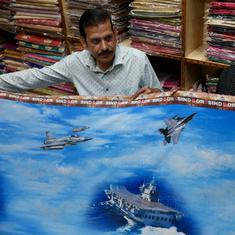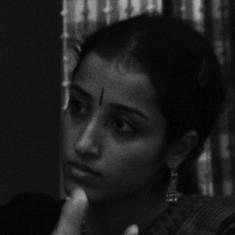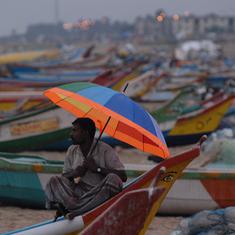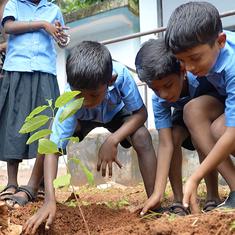The most commonly asked question about ghazal singer Chandan Dass is, “Why did he not sing for Hindi films?” Unlike his idol, Mehdi Hassan, Dass sang for only two movies, Halaat (1990) and Jaan Lada Denge (1990). They appeared to be minor deviations in a life devoted to the ghazal.
Born on March 12, 1956, and raised in Murshidabad in Bengal, Dass began training at the age of eight under Ustad Moosa Khan. Early musical influences included an elder sibling, Dass recalls: “Like in any other typical Bengali family, I grew up listening to Rabindra sangeet from my elder sister Dolly Das. I was emotionally very attached to her as my mother had expired when I was barely two years old.”
The other important influence came via the royalty next door. “My house was very close to the palace of Nawab Siraj-ud-Daula,” Dass said. "I learnt thumri and ghazal from Mirza Khan, the royal gayak [singer] there. My businessman father was opposed to my opting for singing as a career, so I moved to Patna after my graduation to be a casual artist at AIR Patna before shifting base to Delhi.”
Dass also trained with Pandit Mani Prasad in Delhi. Here he performed at private and public functions. A local music company, Amritvani, recorded his ghazals. A tape reached popular ghazal singer Talat Aziz, who invited Dass to Mumbai to work with the audio company Music India Limited. Soon, shows on Doordarshan followed and in 1982, his debut album, Introducing Chandan Dass, was released.
Woh chandni ka badan is from the first album, a ghazal eulogising the lover’s divine beauty in the words of poet Bashir Badr. Chandan Dass sings it in a light, breezy tone that closely follows the style of Mehdi Hassan’s style – one marked by romantic poetry sung in an ethereal voice.
Dass soon came to be associated with the Bashir Badr poem, Na jee bhar ke dekha, which he sang for his second album, Kitne Hi Rang. It also became one of his most requested ghazals during shows. Although Dass sang the classics of Mirza Ghalib, Faiz Ahmed Faiz, Mir Taqi Mir and contemporary poets such as Hasan Kamaal and Ibrahim Ashk, he favoured Badr for the poet’s ability to express complex thoughts through simple words.
The 1993 album, Deewangee, with co-singer Anuradha Paudwal, was a hit. Its music videos got plenty of air-time on television channels, and they helped popularise a new brand of duet ghazals in orchestral arrangements that included violins and the electronic keyboard. Was Dass amping up the ghazal?
Dass subsequently returned to solo singing and pursued the ghazal in many more albums. In Nishaniyan (2006), he can be heard in Kuch toh apni nishaniyan, his voice carrying its own mellowness without the accoutrements of electronic sound or a co-singer.
His actor son, Namit Das, who headlines the popular television show Sumit Sambhal Lega, has also been trained in classical singing. In 2014, Namit Das released the album Din Gaye, comprising five songs. “I didn’t want to make safe music,” Das said about the album. “I could have put out a straight up ghazal album, and the usual crowd would have liked it. The idea was that, 40 years later, when someone stumbles upon this, they would know that I tried to do something different.”
The album features a rarely heard Chandan Dass ghazal, Jigar mein dard, written by poet Mahir Lucknowi for the Amritvani record tape in the early 1980s. More than three decades have passed since, and yet, when Namit Das sings it as a handsome tribute to the original, one yearns for the original too.










